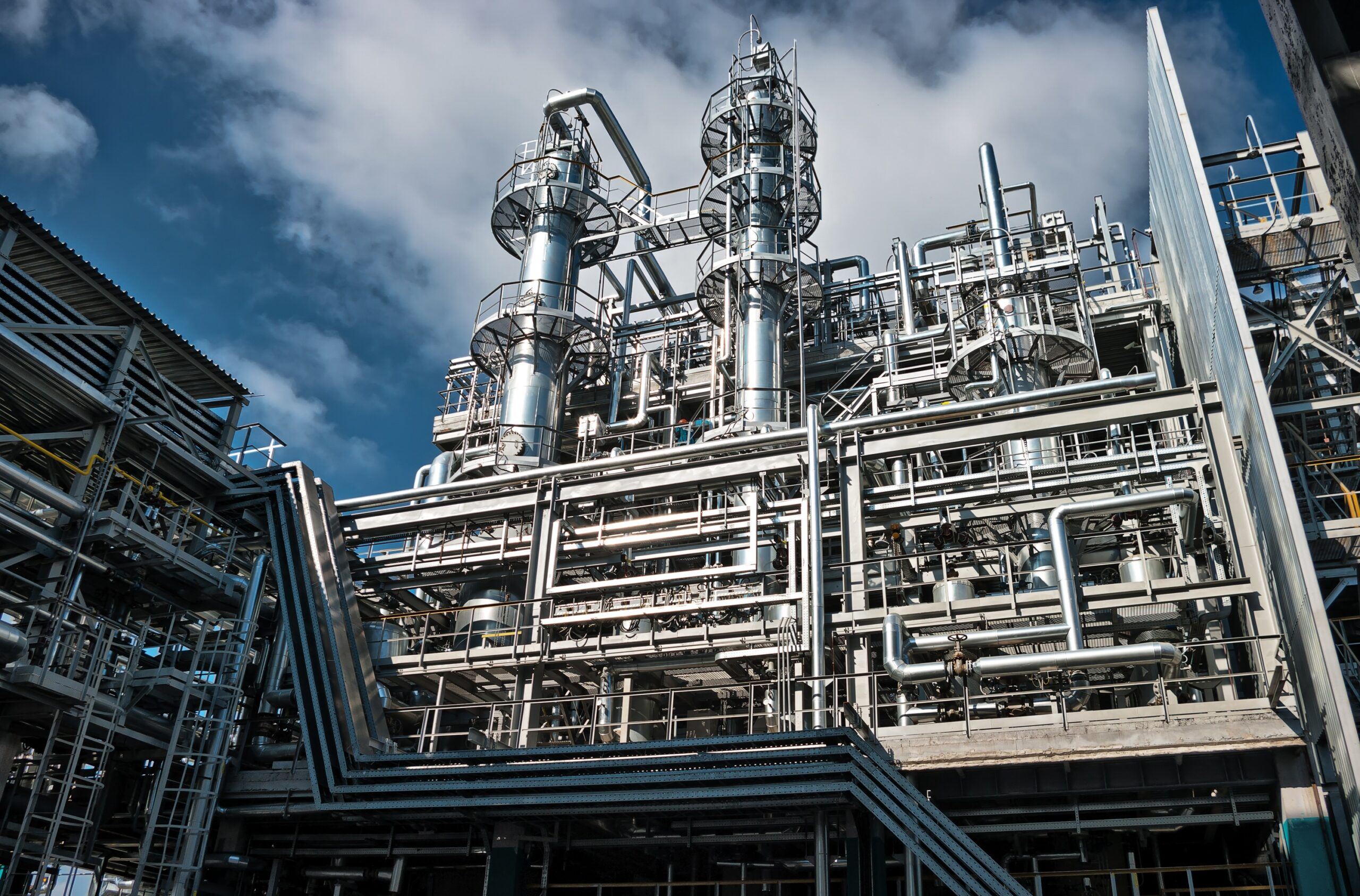- Call us: +91 22 2682 0336
- Mail us: [email protected]
Fat Modifications

Based on their end use, oils and fats have unique melting characteristics which can be attained by three main processes namely, Fractionation, Hydrogenation and Interesterification.
These modifications are either chemical and/or physical that customise their textural properties.
These characteristics change by three processes for improving the application of fats and oils.
Hydrogenation is the treatment of Fats and Oils with Hydrogen, saturating the double bonds in the fat, leading to a much harder fat.
Dry Fractionation separates Fats and Oils into Fractions with different melting point, making it available in a more solid and a more liquid fraction. It is the gradual and uniform cooling of oil without solvent.
Interesterification is the formation of new fats with unique melting characteristics. This helps in chemically blending properties of different oils.
Plant Capacity: 30TPD – 800TPD
Features:
- Creation of highest quality product
- Minimal operation costs
- Minimal effects on the environment
- Ease of use on a daily basis
- Availability to integrate technologies within one processing plant
- High-end membrane separation (Dry Fractionation)
- No use of additives or polluting affluents (Dry Fractionation)
- Increase in efficiency through lower utility consumption(Interesterification)
- Minimal oil loss (Interesterification)
- Ease in creation of lower melting point, soft products (Interesterification)
- Trans fatty acid free products (Interesterification)